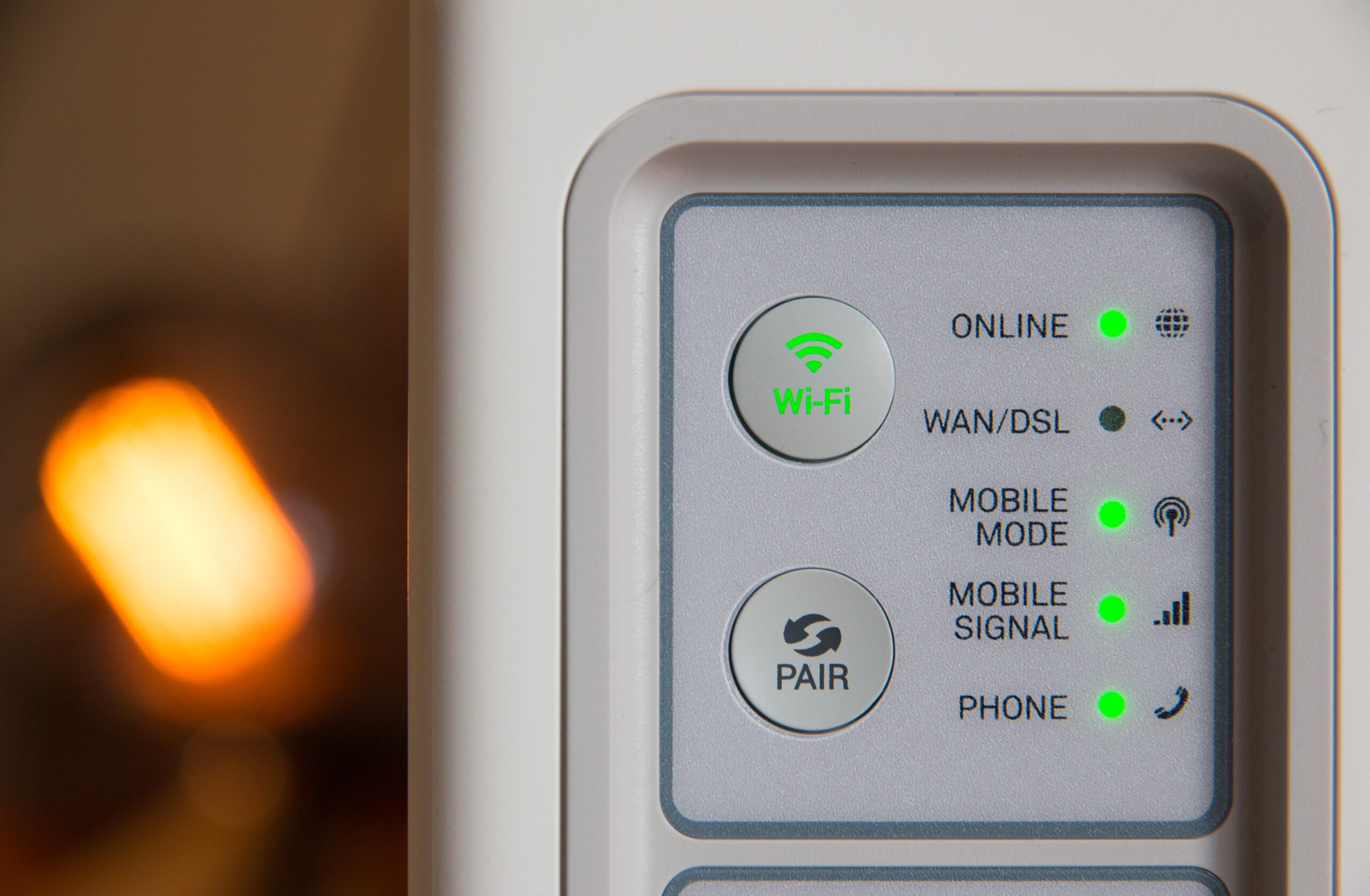The Best Mobile Wi-Fi Routers

Mobile Wi-Fi, often known as MiFi, allows you to connect multiple wireless devices to the internet by harnessing your smartphone’s cellular data connection. It’s useful in situations when regular Wi-Fi is unavailable, such as when you’re on the road, or when your home internet connection is shaky or overcrowded.
Smartphones with internet tethering capabilities, or a separate portable device called a mobile router or mobile hotspot into which a SIM card is inserted, are two options for establishing a mobile Wi-Fi connection on the go.
The advantages of mobile Wi-Fi routers include not having to worry about your phone’s battery life, not having to deal with switching SIM cards, and not having to leave your phone with the person with whom you’re sharing its internet connection. Data-only SIMs (which don’t allow for phone calls or text messaging) may also be used with these devices, reducing the cost of internet access.
TP-Link M7350
Network unlocking is a major perk of the TP-Link M7350 4G mobile router. In other words, you won’t be locked into a contract and may choose any data plan you want from any UK network provider even though you’ll have to pay for it all upfront.
The TP-Link can download at up to 150Mbps and upload at up to 50Mbps, and it’s compatible with all three 4G LTE bands used in the United Kingdom. It features an LCD display that shows you the signal strength, the number of connected devices, the percentage of your allotted data that you have used, and the remaining battery life, and it can set up a wireless network for up to 10 devices.
A menu accessible through the LCD allows you to adjust settings including data roaming activation, frequency range selection (2.4/5GHz), and network type (4G, 3G, or a hybrid of the two).
Huawei Mobile WiFi 3s (E5576-320)
When compared to the network-locked version of the Huawei E5576-320, which is also available via Three, it’s hard to believe that anybody would want to sign a contract for the former.
This 4G mobile router has a working duration of up to 6 hours and a standby period of up to 350 hours on its 1500mAh battery.
It’s lightweight, portable, and tiny, but it also performs well, supporting download speeds of up to 150 Mbps and upload rates of up to 50 Mbps.
TP-Link M7200
With compatibility for 4G FDD-LTE/TDD-LTE and 3G networks, the TP-Link M7220 is a barebones mobile Wi-Fi router. You may remove the removable rear panel, insert your SIM card, and turn it on since it is SIM-unlocked. That’s how simple the setup process is.
It has a 2.4GHz mobile Wi-Fi connection that can be shared with up to 10 devices, and its internal 2,000mAh battery can last up to 8 hours when used but much longer in standby.
Even though the device’s plastic construction made us nervous about prying off the back panel to install the SIM card, the panel proved to be quite sturdy. You’ll need to pull this panel on and off every time you want to share the Wi-Fi network’s connection, so you may want to write down the network’s name and password instead.
TP-Link M7450
The TP-Link M7450 is a more recent and improved version of the M7350, but it also costs more, and we believe the M7350 is the better buy at the moment.
It is offered unlocked, meaning it may be used with any major network in the UK or elsewhere. You can choose between the 2.4GHz and 5GHz Wi-Fi bands, and you can connect up to 32 devices at once, much more than most people would ever need. It supports Cat6 LTE, with 300Mbps downloads (twice the M7350’s) and 50Mbps downloads.
MyWebspot
MyWebspot is more suited to people with a one-time need for a mobile Wi-Fi router than many of the other alternatives in this chart, which are better suited to those who will need the usage of a mobile Wi-Fi router on a regular basis.
If you’re on a trip outside of Europe and want to connect many devices to the internet while you’re there, this service lets you do just that. You can rent a hotspot that can connect five devices and use it in over 100 different countries.
Daily rates are determined by the location and duration of travel. They may seem high at first, but they pale in comparison to the fees your cell provider will charge you if you go over your monthly data cap. Some resorts charge exorbitant rates for their sluggish, restricted Wi-Fi that is available to guests.




